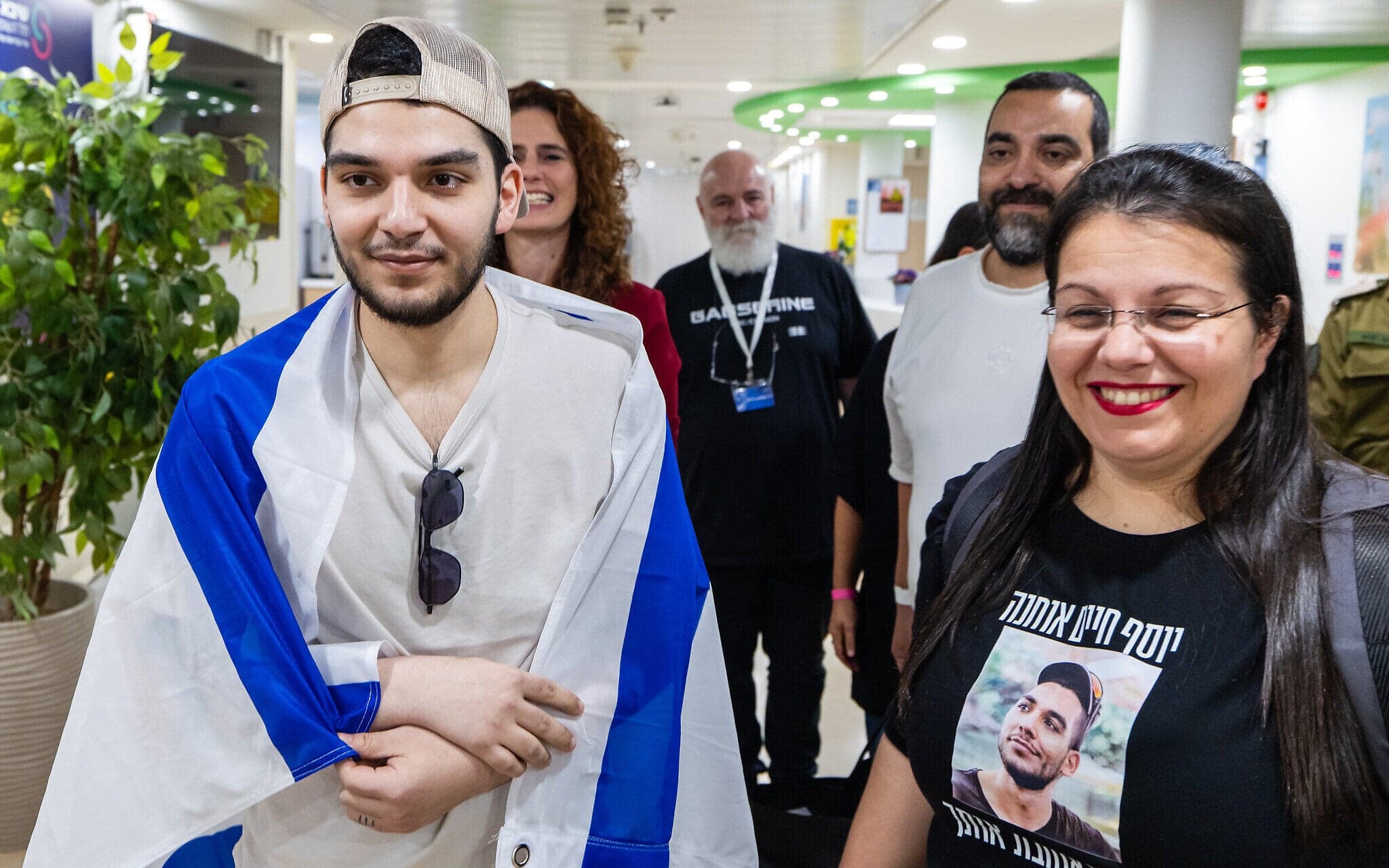One was whipped. Another was put in a cage. Still another was thrown into a pit. More than one was handcuffed.
In the days since they were released from two years in brutal captivity, freed hostages have shared, through their families, harrowing details of their time in Gaza. The accounts paint a picture of starvation, suffering and physical and psychological abuse.
Mixed in are moments of defiance and hope, and desperate attempts to secure food or a connection to the outside world.
Now that the captives are back home after more than 700 days, their loved ones report that they have begun the long road to recovery.
“We always knew he had the emotional ability to survive, but honestly, his abilities were beyond anything we could imagine,” said Idit Ohel, mother of released hostage Alon Ohel, in a statement at Rabin Medical Center, where several of the former captives are being treated.
She said that after living for two years with shrapnel in his right eye — leaving him with limited vision — and his head, Alon will need surgery, but the medical staff believes that his eyesight can be improved significantly.
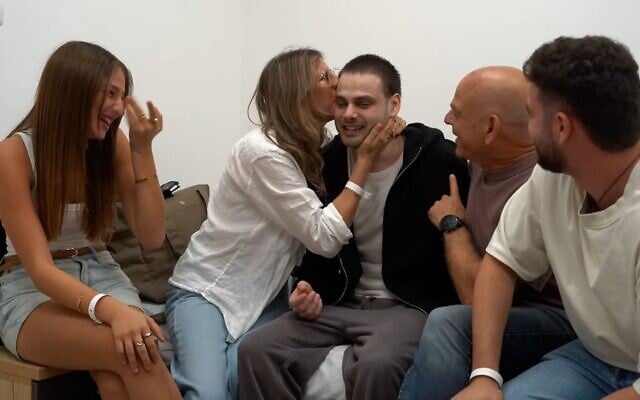
Prof. Itai Pessach, associate director-general of Sheba Medical Center, another hospital where freed hostages are being treated, related that “every one of them has endured untold adversity and horrors, and therefore the road for recovery is going to be a very long one.”
Multiple hostages said they were moved from place to place, enduring varying levels of torture. Tami Braslavski, the mother of Rom Braslavski, said her son was whipped and beaten “with things that I will not even mention” between April and July, beatings he absorbed because, he said, he “knew it would end.”
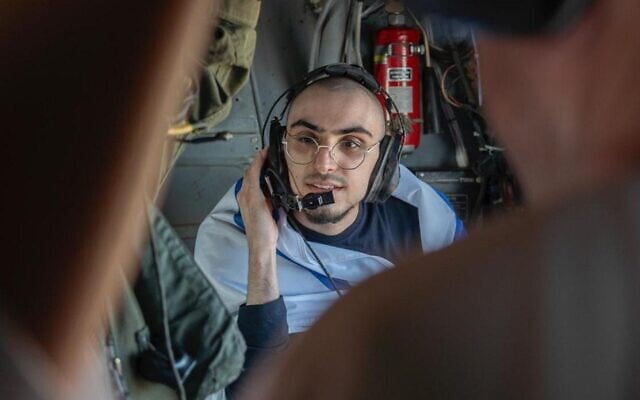
Avinatan Or, who was held alone for two years and tried to escape, was handcuffed and put in a cage, recounted his father, Yaron. Braslavski also had his hands and feet cuffed at one point, his mother said.
“Avinatan tried to escape from captivity, and then they beat him,” Yaron told Kan radio. “He was handcuffed to the bars. It was a barred place 1.8 meters [six feet] high, and the length of it was the length of the mattress, plus a little. You can call it a cage.”
Kobi Kalfon, the father of released hostage Segev Kalfon, teared up on Wednesday as he spoke of his son’s hard horrific two years of captivity and the physical and psychological terror that he had to withstand.
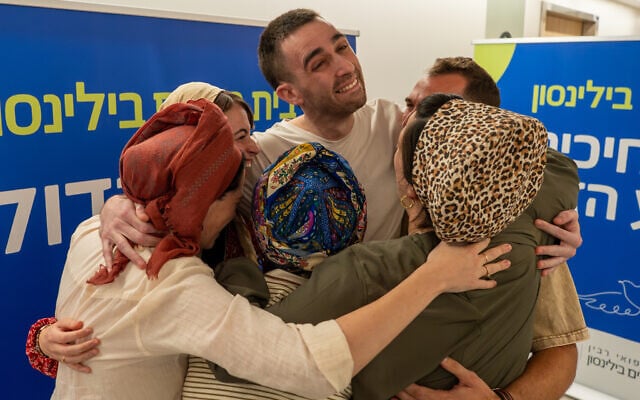
Some of the most severe abuses happened right before the hostages were set to go free. Yosef-Haim Ohana, his father said, spent several days in a pit underground with another six captives, without enough room to sit or lie down and with barely enough air to survive.
“[Their captors] put seven men in a pit,” Rabbi Avi Ohana told Kan Moreshet radio. “They could not sit, only lean against the wall while standing. He lacked oxygen. I thank God, who made him strong. What kept him going was his family.”
Or’s father said his son was in a tunnel the entire duration of his captivity. “They didn’t starve him, but the food was scarce. He is very thin,” he said.
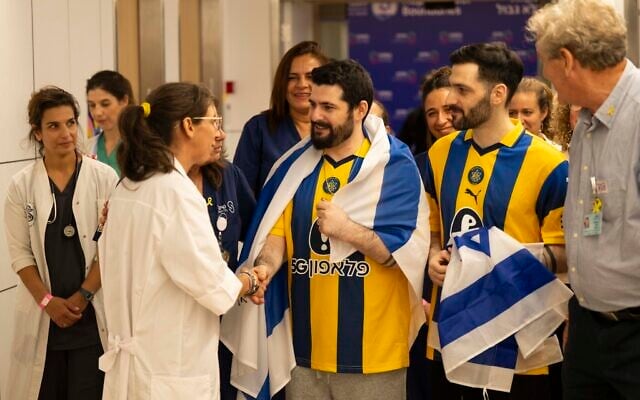
The hostages also endured psychological terror. Braslavski’s mother said his captors pressured him to convert to Islam, offering him extra food and better conditions, but he resisted. They also told him, falsely, that Israelis were too weak or uninterested to protest on his behalf, while inflating the IDF’s death toll and the damage inflicted on Israel.
“They told him that we were broken, that we didn’t have the strength to get up and protest,” Tami Braslavski said. “That he apparently wasn’t so important and that he had nowhere to go back to. They told him Israel had fallen, that almost 3,000 soldiers had fallen.”
Ohana and another hostage were also made to listen to Muslim religious messages via a radio, his father said — a situation they managed to turn to their advantage. By playing with the radio’s wires, he said, they were able to tune into Israeli army radio, where Ohana heard his father being interviewed.
“He said to himself, ‘My father is alive! He is waiting for me!’ and it gave him new life,” the rabbi shared.
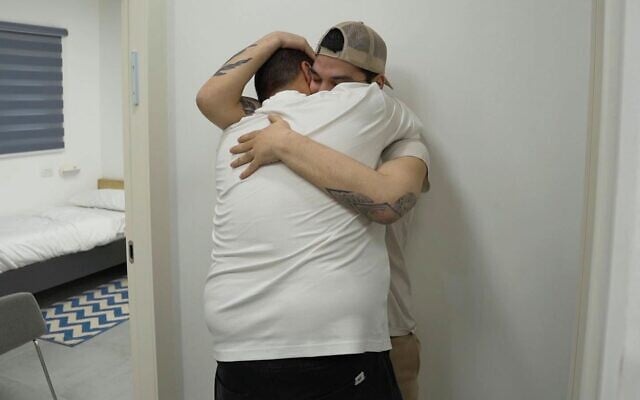
Braslavski also fought back, Tami said. At one point, after being given just half of a pita each evening and living with his hands and feet handcuffed, he managed to set fire to a terrorist’s uniform and a book, and used the flame to cook some pasta. The smoke attracted the attention of other people nearby, but his captor transferred him to a slightly better location.
Yotam Cohen, the brother of freed captive soldier Nimrod Cohen, told the Haaretz newspaper on Wednesday that his brother underwent unthinkable atrocities, but already on his first day of freedom, “I saw his smile and the sparkle in his eyes and I knew that it was OK and the same Nimrod returned.”
Nimrod knew almost nothing about what was going on in Israel, Yotam said: “They tried to convince them to believe that Israel gave up on them, that the government didn’t want to bring them back, that the country wasn’t fighting for them.”
Yotam said his brother was held for around a year and half in a cage inside a tunnel, interrogated, blindfolded, beaten: “They treated him worse because he was a soldier,” he said.
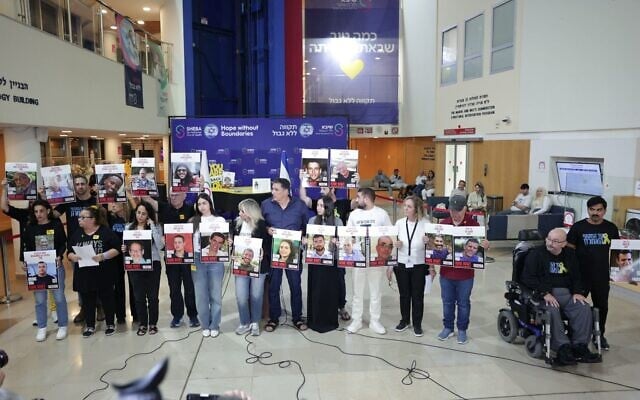
As the accounts of atrocities circulate, medical professionals and hostages’ relatives say their condition is improving. Pessach said the 10 released hostages being treated at Sheba are all in stable condition.
“As a physician and as a human being, I can’t emphasize enough the impact of being surrounded by their loved ones on the general well-being and their ability to heal,” he said.
The hostages “will probably need weeks, months and maybe years to heal,” Pessach said, “but they’ll finally be taking the first steps to return to life.”
Dr. Michal Steinman, Rabin Medical Center’s director of nursing, said the five hostages being treated there have “severe but treatable nutrition problems.”
“The body remembers those 700-plus days of captivity and starvation,” Steinman said. “Medically, right now, we don’t have any surprises,” she added. “The hostages interact, they smile. They came with a big drive to heal, recover and rehabilitate.”
Steinman says she feels “very optimistic” about the hostages’ recovery. “It’s going to be a very long road, and there are going to be ups and downs, but I think each one of them developed really special techniques of survival and how to keep their mind and soul guarded,” she said.
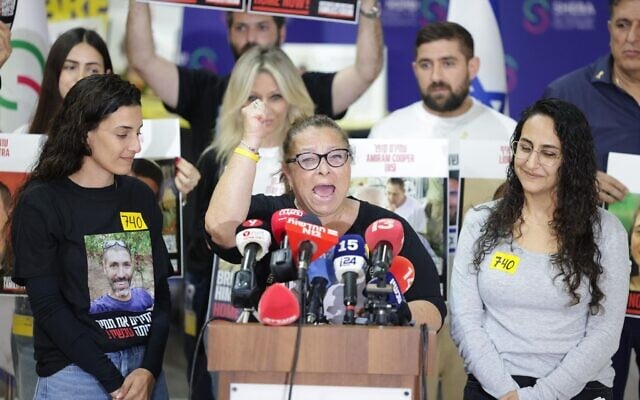
And the hostages have also described moments of joy they experienced upon their release, even as they have all pushed Israelis to keep fighting for the deceased hostages still in Gaza.
Twins Gali and Ziv Berman were held hostage separately, and Gali confirmed to President Isaac Herzog in a meeting that the brothers were unaware that they would be reunited on Monday.
“We didn’t know where [the other twin] was. Suddenly, they brought him out,” Gali told the president.
Ohel’s mother said in her statement: “It’s up to us to ensure that the new home we build here will be a complete home, that it will be a safe home, in the deepest sense of the word.”
In some cases, the relief was almost palpable. In a statement to the press on Wednesday evening, Sylvia Cunio, mother of freed hostages David and Ariel Cunio, stood at a podium and pumped her fist.
“My children are home!” she yelled.

